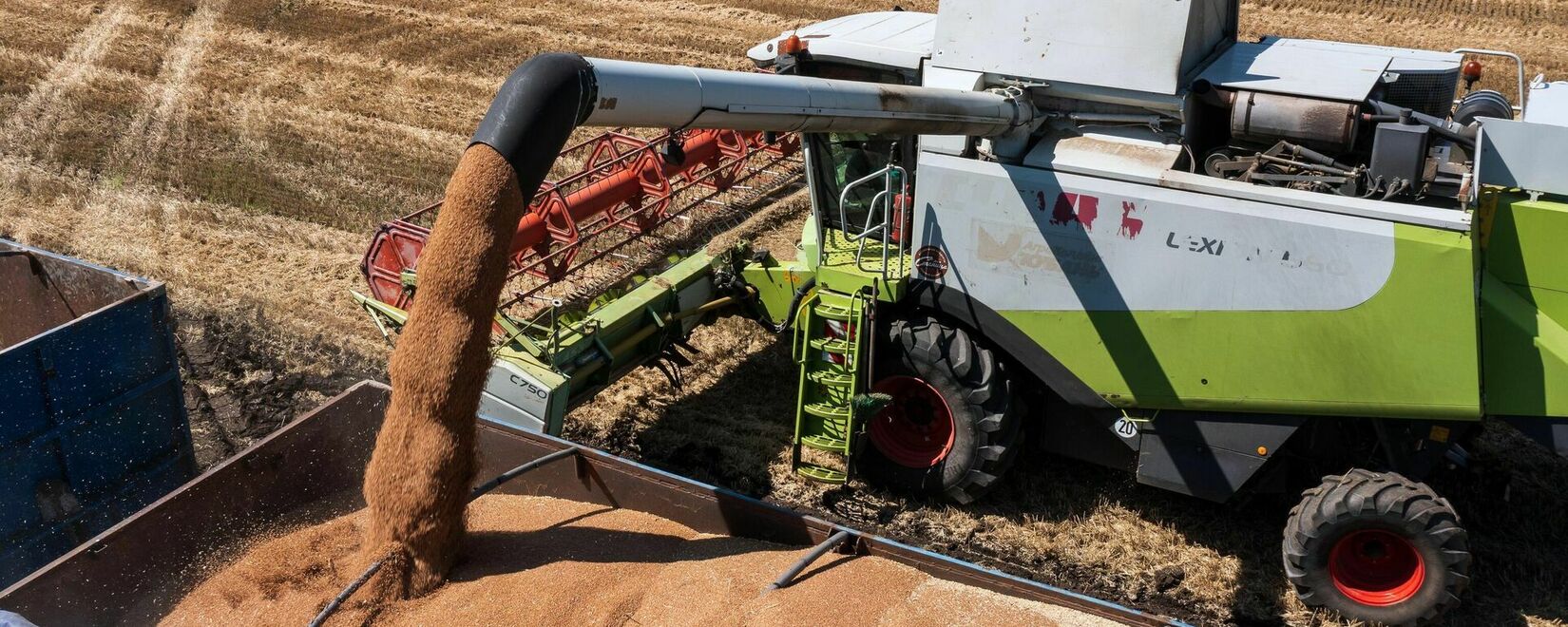In 2023, the Russian Federation deepened cooperation with friendly states, increased exports of products to them by 25%, said the head of the Agroexport center Dmitry Krasnov at the strategic session “Russian agroexport 2023-2024: trends, challenges and new opportunities,” Interfax reports.
“We shifted the focus in their direction, which made it possible to expand supplies even to those countries that were previously outsiders in terms of our exports. Exports of agricultural products to friendly countries in 2023 increased by 25%. Their share in the total volume of agricultural exports is already 87%. Exports to China this year increased by 58%, to Egypt – by 19%, to India – by 56%,” Krasnov said, adding that Russian agricultural products are supplied to 150 countries around the world.
As the head of the center noted, geographic diversification makes exports more sustainable. In particular, exports to Indonesia increased by 5.3 times, to Mexico by 4.3 times, and to Brazil by 3.8 times. Exports to Tanzania increased 14 times, to Kenya – 4 times. “Vanuatu is a new market for us,” he added.
Krasnov also said that in 2023, new markets for Russian agricultural products appeared in 14 countries.
Noting that the main driver of export growth this year is grains and leguminous crops, the head of the center said that over the 11 months of 2023, their supplies abroad were 1.8 times higher than the corresponding period last year. Including almost 50 million tons of wheat, which is 1.7 times more. Barley exports reached 7 million tons, an increase of 2.3 times. “The key buyers of Russian barley were Iran and Saudi Arabia, which increased purchases by 2.6 times. We were able to displace Australian barley in the Saudi market,” he said.
Krasnov also reported that corn exports increased 2.1 times to 6 million tons, and its deliveries began to Saudi Arabia, Qatar and Morocco.
According to Krasnov, an important component of export growth was the increase in grain infrastructure capacity. “If earlier we could hardly export 5 million tons of grain per month, now our capabilities have increased to 6-7 million tons. This indicates significant potential for the development of grain exports,” he emphasized.

 Trading platform
Trading platform 
 Monitoring
Monitoring  Express applications
Express applications 
 Fork Work
Fork Work 
 Service
Service  News
News  Directory
Directory 
